One of the south of England's 'most beautiful and historic' country houses has come to the market at £13.5 million
Shawford Park, one of the finest private homes in the south of England, has come to the market. Penny Churchill takes a look.

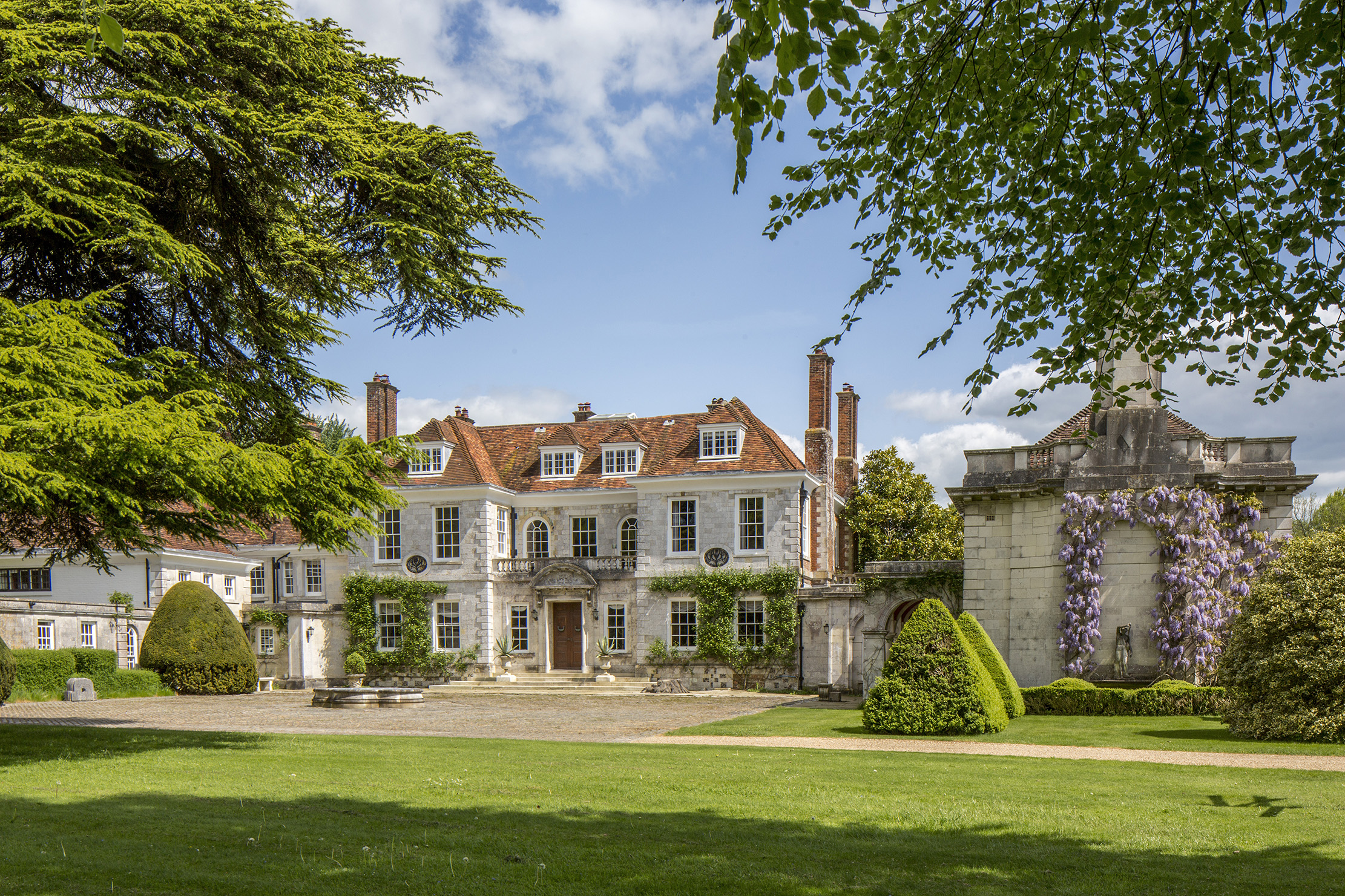
It's three years since Shawford Park featured in the architecture section of Country Life. Now it appears once again, this time in the property pages: owners Peter and Elisabetta Mallinson are moving on after 17 years of ownership, during which time they've completely transformed one of the most beautiful and historic small estates in the country.
Crispin Holborow of Savills Private Office quotes a guide price of £13.5 million for this illustrious, Grade II*-listed house, set in 59 acres of formal and informal gardens, parkland and woodland between two branches of the River Itchen, a mile from the village of Twyford and four miles south of Winchester.
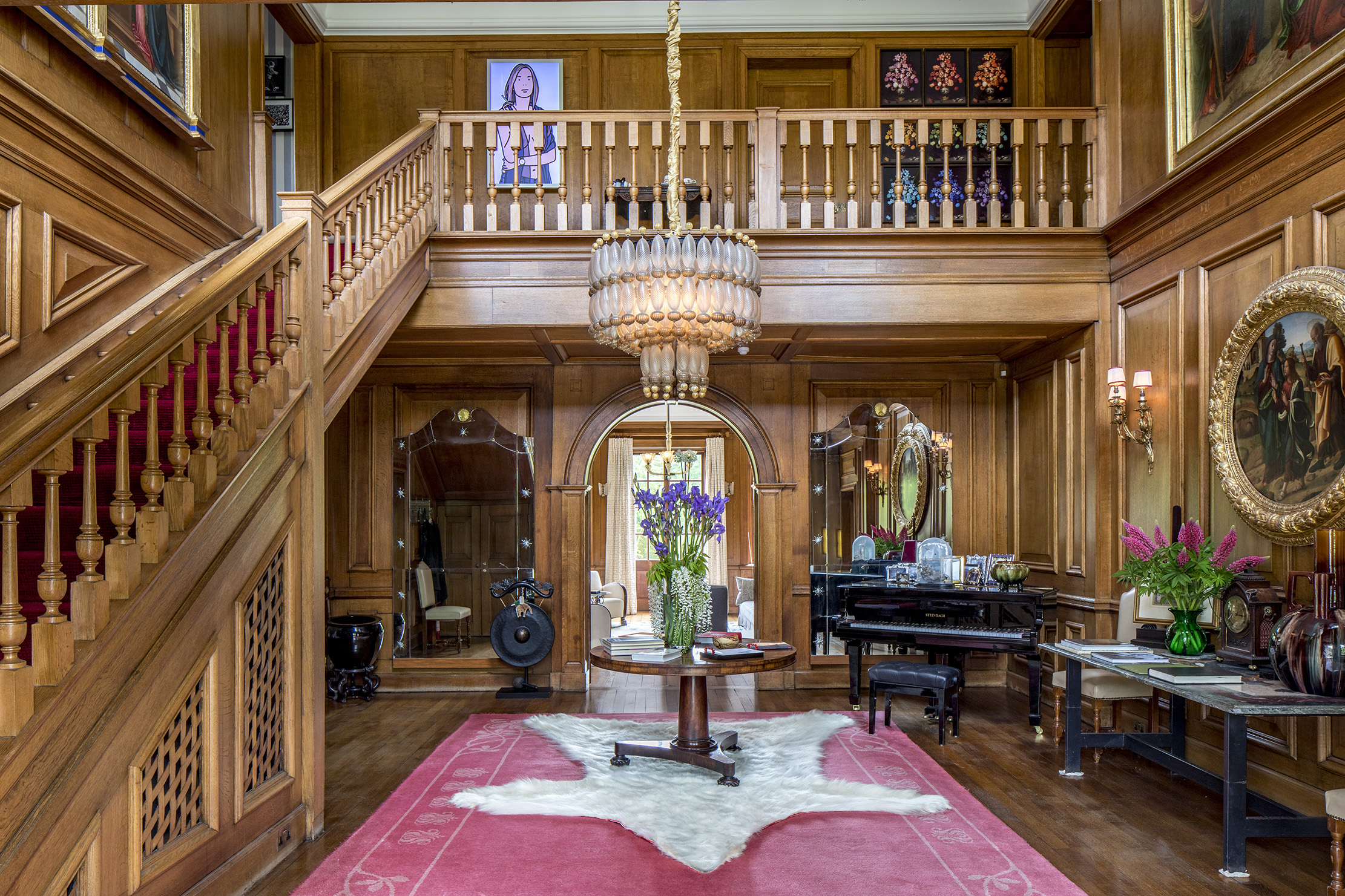
Peter and Elisabetta bought Shawford in 2006 and have revived the house as a collector’s home, which they filled with an eclectic mix of Old Master and contemporary art. Over the years, they have restored the entire building and its grounds.
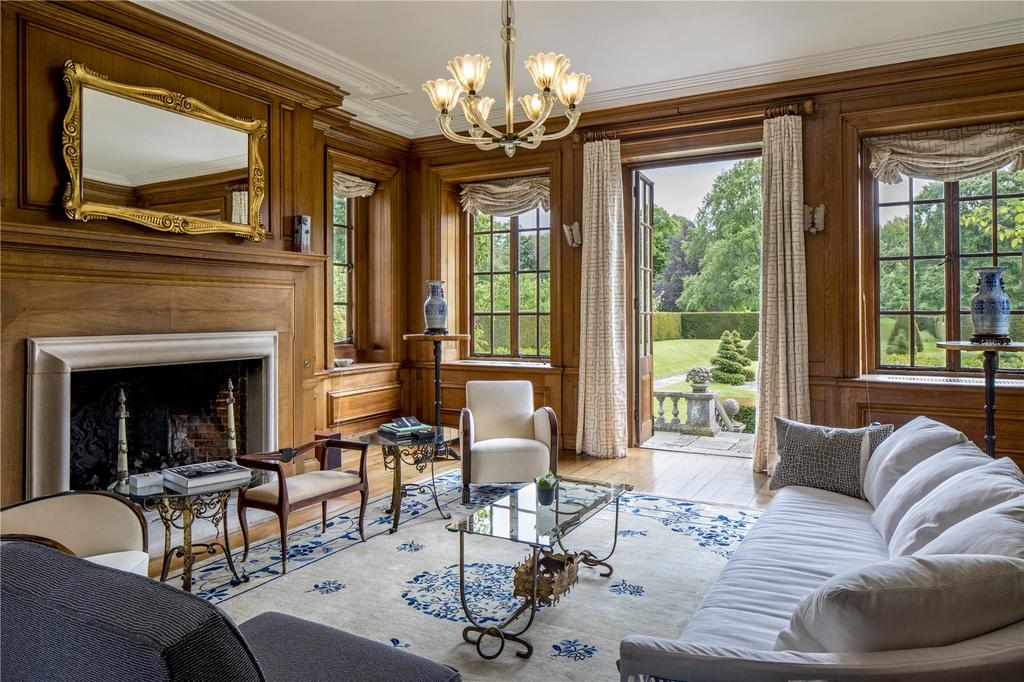
Shawford Park now offers 15,500sq ft of elegant accommodation on three floors, including a galleried reception hall, six fine reception rooms, a family kitchen/breakfast room, 11 bedrooms, seven bath/shower rooms, and a self-contained staff annexe.
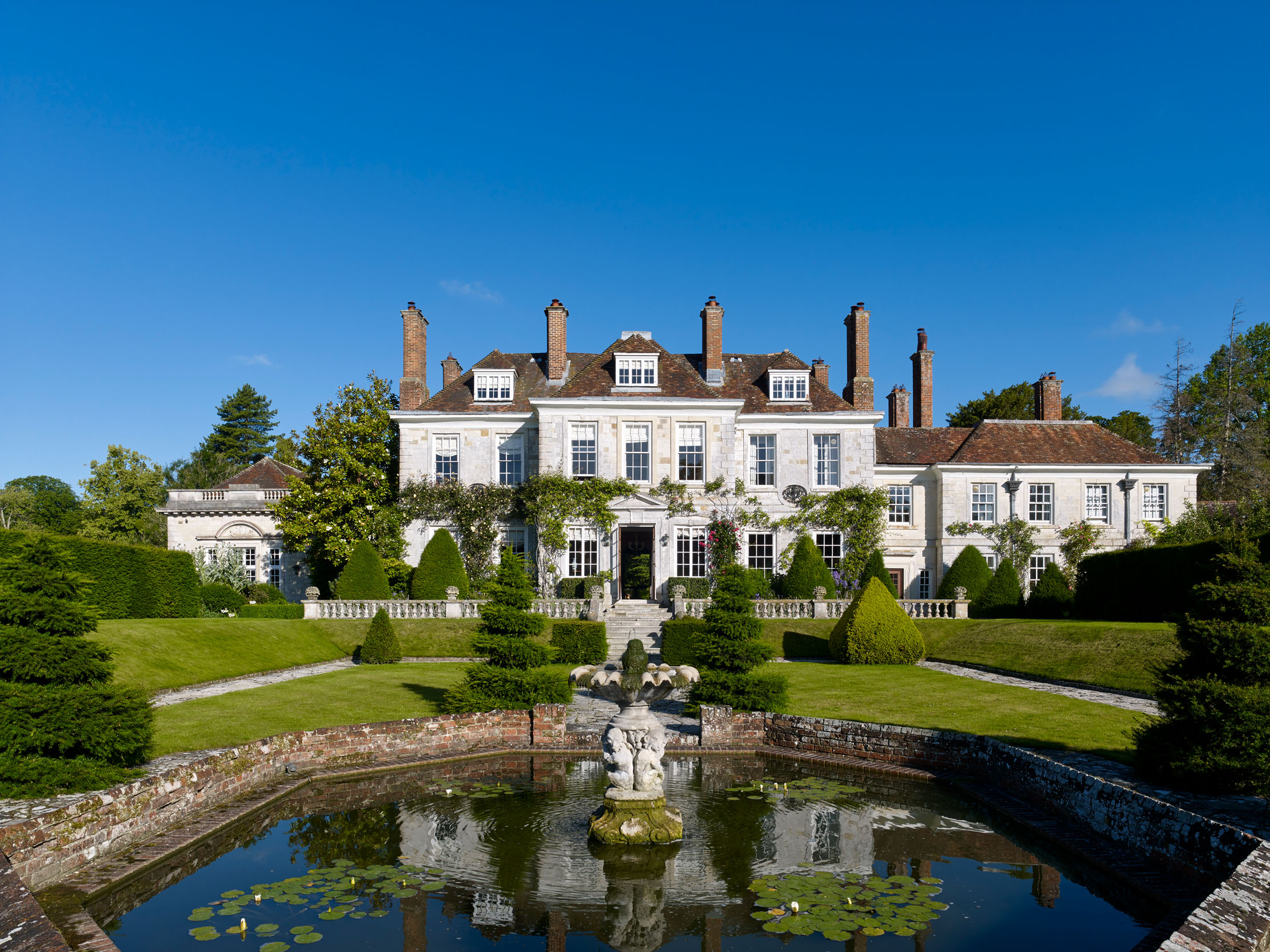
Outside, Kim Wilkie was commissioned to adapt the garden. To the south of the house, a former polo field has been transformed into a landscape of rills and undulating hillocks, lined with a dense plantation of more than 2,000 new trees, which, with careful management of the river, has resulted in a proliferation of natural life, including rare mayfly.
Following the Restoration in 1660, Sir Henry Mildmay, who supported Parliament in the Civil War and was involved in the trial of Charles I, was sentenced to life imprisonment and stripped of his rank, title and properties, the sole exception being his late wife’s Hampshire estate, the manor of Twyford and Lower Marwell.

That property passed to their second son, Henry, an ambitious London lawyer. In the 1670s, Mildmay began to improve his Twyford estate, building new farms, creating water meadows and acquiring Dares, a neighbouring property on the River Itchen, in 1673.
Exquisite houses, the beauty of Nature, and how to get the most from your life, straight to your inbox.
The following year, he married Alice Bramston, the daughter of the master of the High Court of Chancery. He continued to improve the existing house, but ‘being a man of grand ideas’ according to Christopher Hussey (Country Life, August 14, 1920), he eventually pulled the old house down, replacing it at vast expense with Shawford Park House, which was completed in 1687.
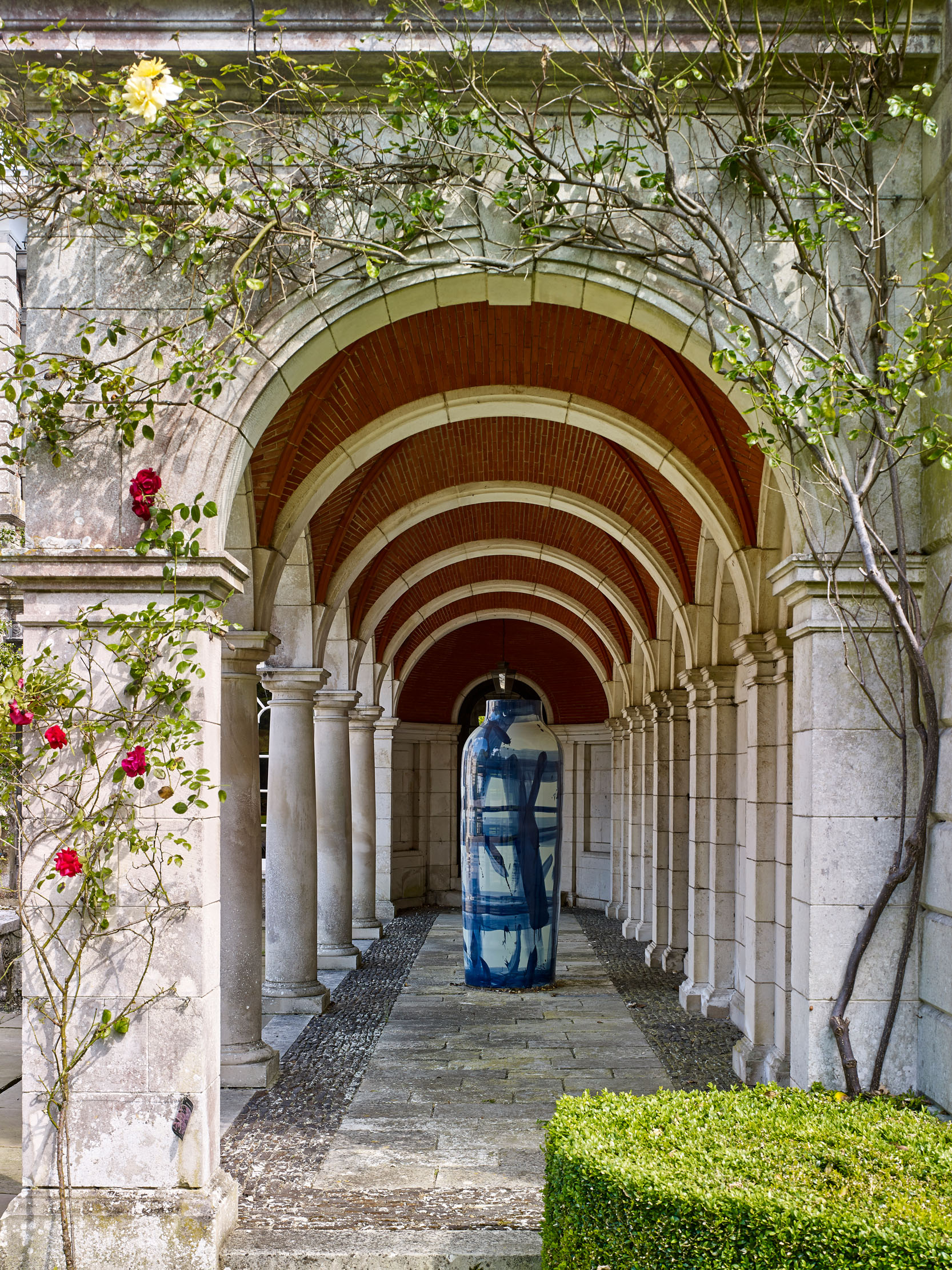
Mildmay died in 1705, leaving his estates to his granddaughter Letitia, on condition that she marry one of two brothers in a collateral family line. Betrothed at the age of 12, she eventually produced four children, the longest lived of whom was Jane, who, with her husband, Sir Henry Paulet St John, gradually inherited the Mildmay family manors, before dying, aged 92, in 1857.

One of eight grand country houses owned by the couple, Shawford was first leased and later sold to Gen Frederick of the East India Company. However, an article by Country Life’s Architectural Editor, John Goodall (March 18, 2020), reveals that ‘the building we see today was effectively created by the remarkable Mrs Alfred Morrison (neé Chermside), who bought Shawford Park in 1911’.
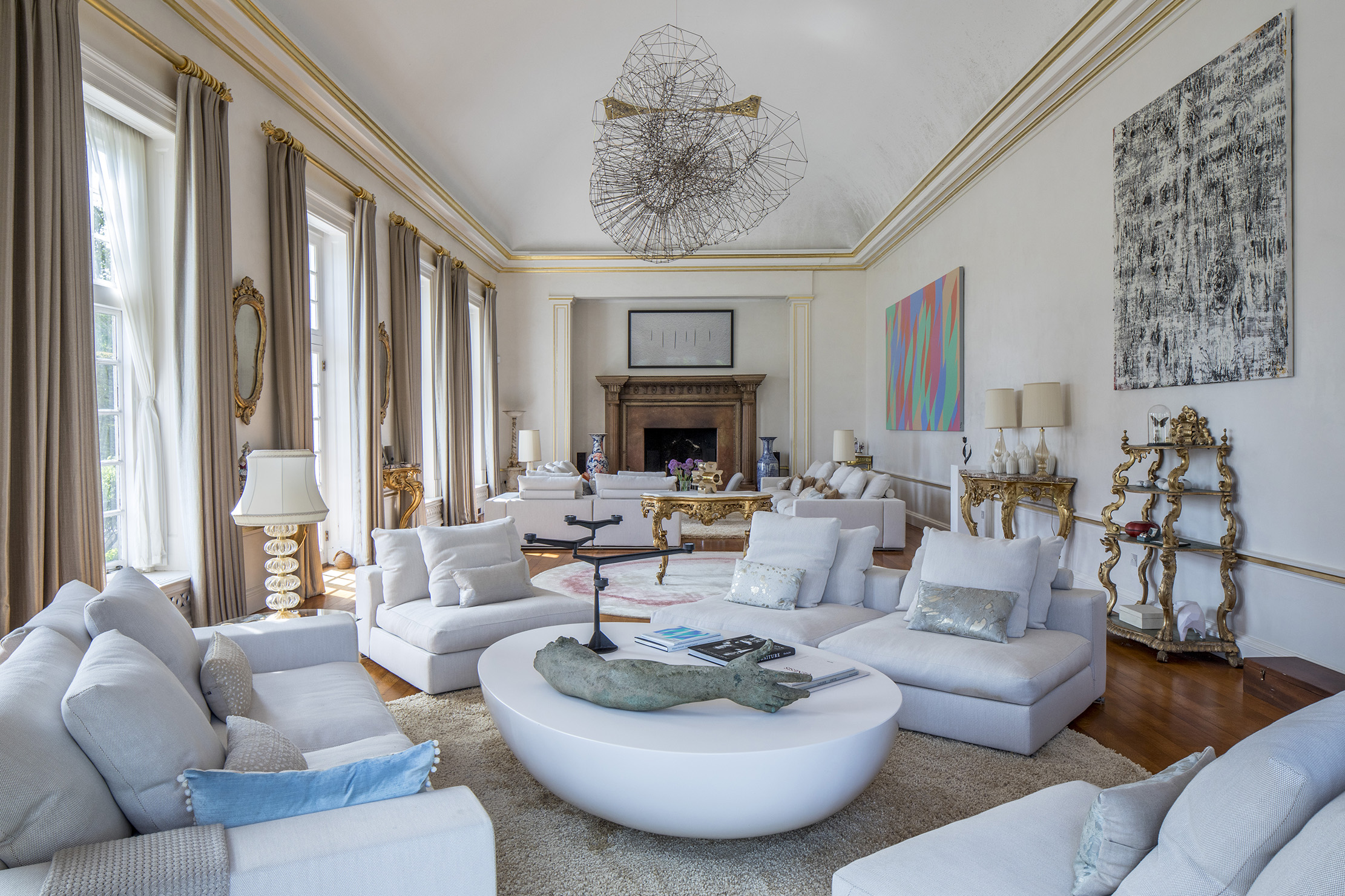
Mabel Chermside was a noted beauty, who, in 1860, married the vastly rich Alfred Morrison, 25 years her senior, and one of the most discerning art collectors of the late 19th century.
Although little changed externally, by 1911, the interior of Shawford Park had deteriorated considerably, having lost its 17th-century staircase and most of its original panelling, and been spoilt by the addition of an inappropriate ‘French Rococo-style’ front entrance.
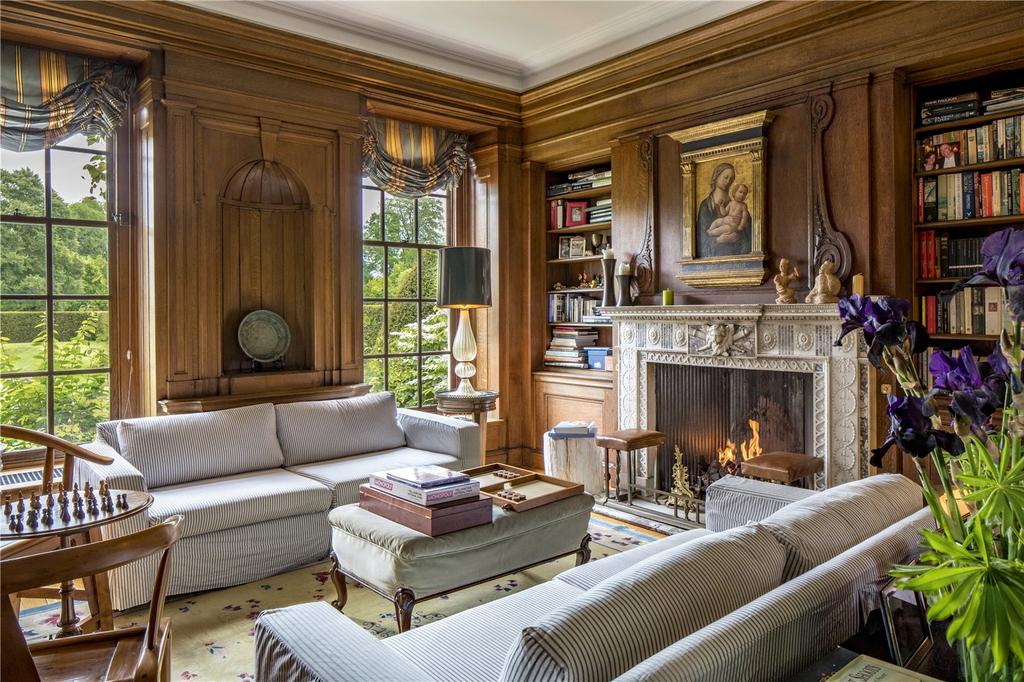
Having bought Shawford Park as a widow, Morrison commissioned a young London architect, Harry Herbert Jewell, to restore the building. Working with the builders Goddard & Sons, he replaced the projecting entrance with the present ‘Wrenaissance’ front door, designed a new staircase hall and reconfigured the interior of the main block.
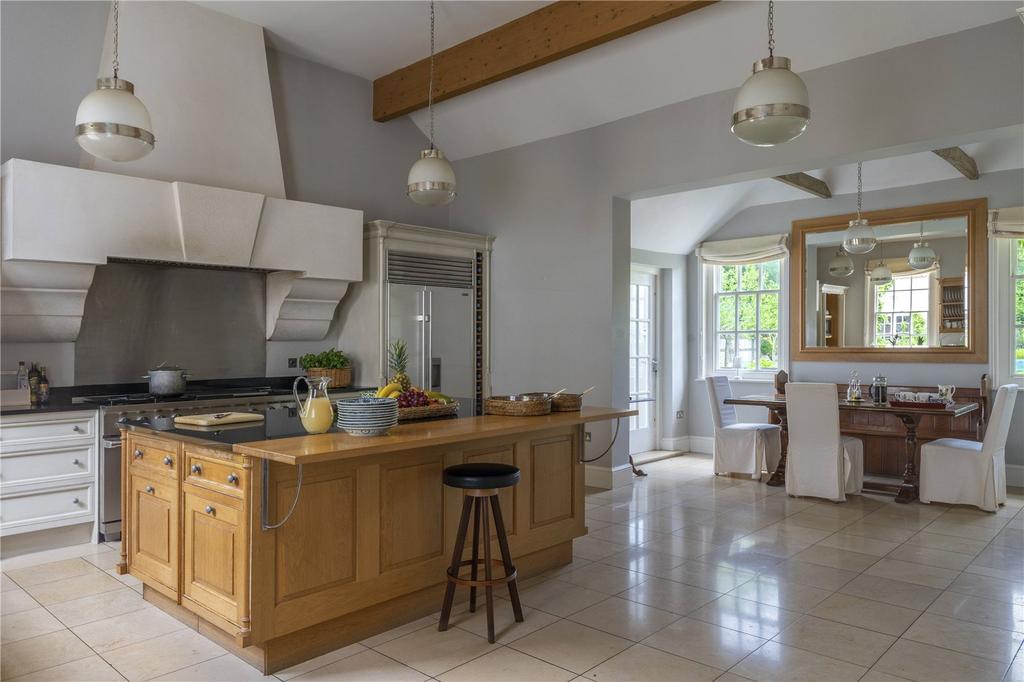
He created a stylish Italianate dining room out of the existing service wing, and added the splendid ballroom/dining room and ante room that make up the south-east wing. He also added the arcaded cloisters along the north-east façade of the ballroom and laid out the garden terrace.
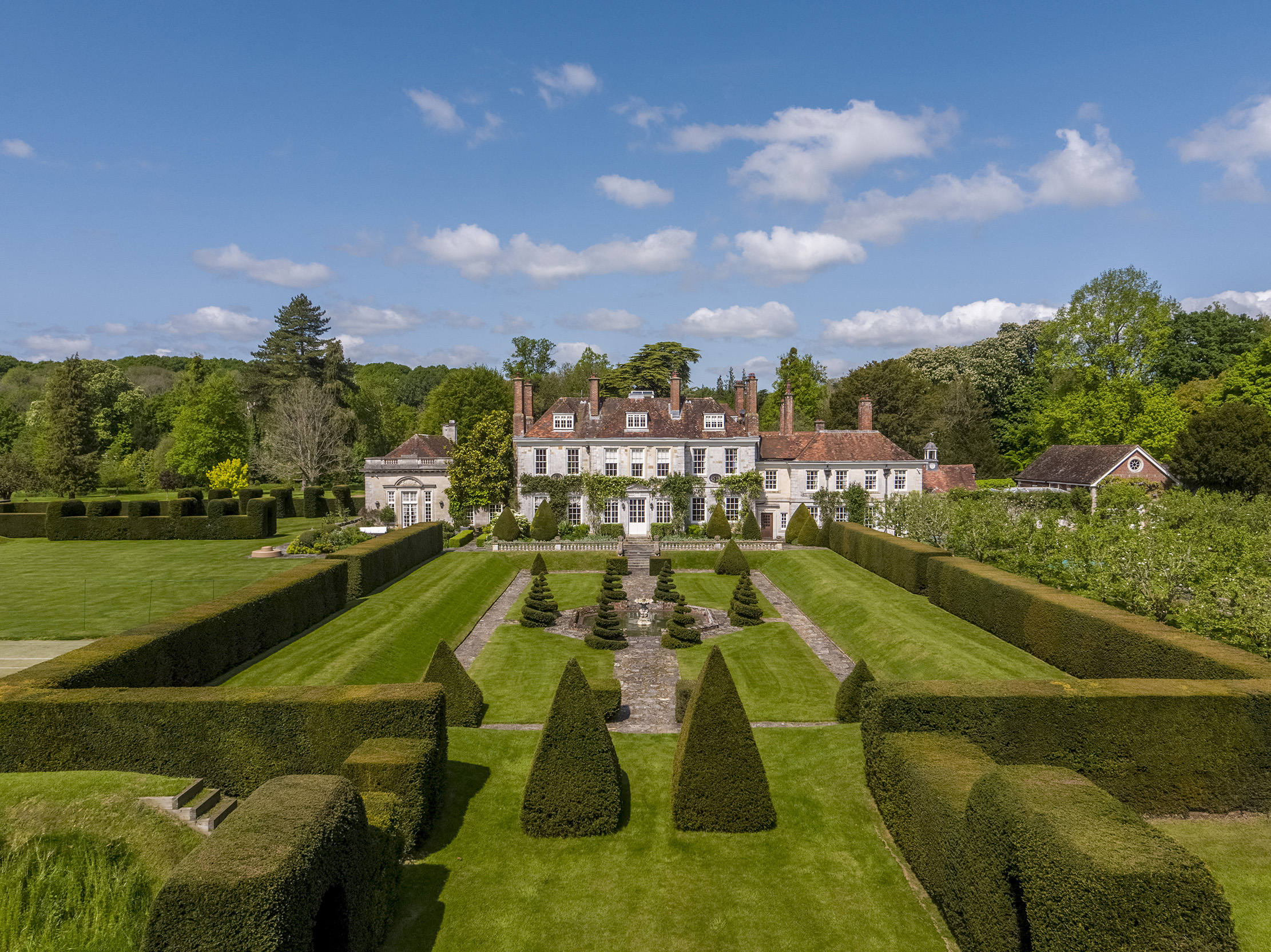
In 1923, Morrison sold Shawford Park to the Yorkshire MP and Conservative whip Col Roundell. His wife, Beatrice, was a noted angler, which no doubt influenced the couple’s decision to buy, given Shawford’s setting in the heart of the lovely Itchen Valley, enclosed on almost three sides by clear chalkstreams that still provide more than a mile of exceptional fishing.
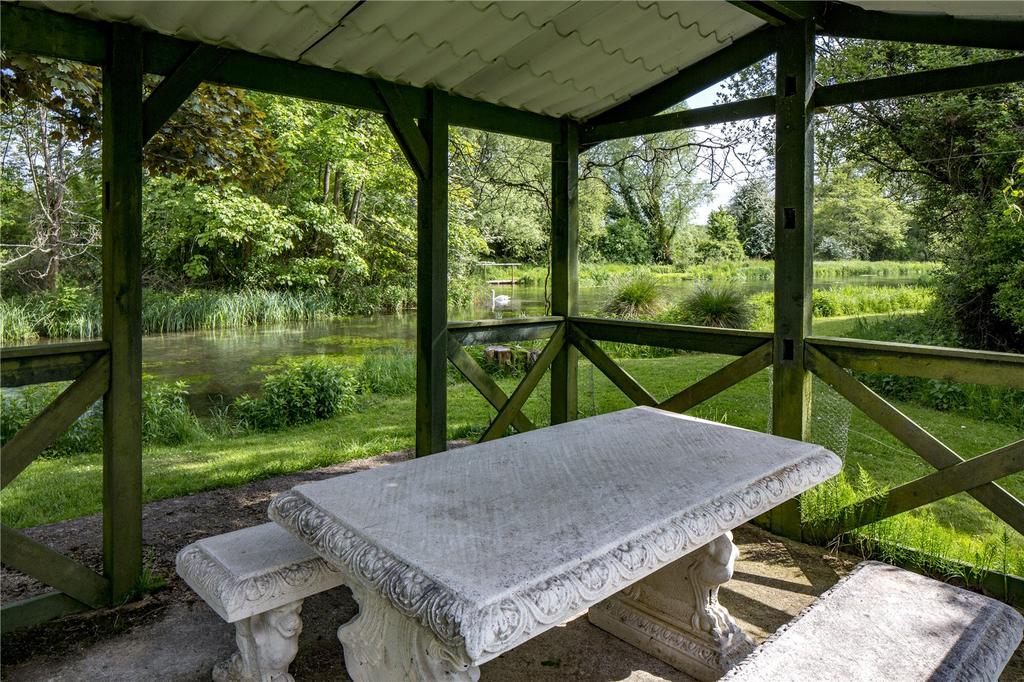
Having served as a hospital during the Second World War, Shawford’s interior was restored by Sir Brian and Lady Mountain in the 1950s; further repairs followed a serious fire in the 1970s.
Shawford Park is for sale via Savills at £13.5m — see more details and pictures.

Shawford Park, Hampshire, an idyllic 17th century house by the river where 'the old and the new spark off each other'
John Goodall visits Shawford Park, Hampshire, the home of Peter and Elisabetta Mallinson, and finds an idyllic 17th-century house set

Credit: Strutt and Parker
Best country houses for sale this week
An irresistible West Country cottage and a magnificent Cumbrian country house make our pick of the finest country houses for

